The moment a new variety goes from the breeder to the grower is when the new growing season begins. The grower then receives the young plants from the breeder. Rik Paul, grower and co-owner at Kwekerij De Zuidplas B.V., Summit Gerbera, explains how this works. "Once a year is the crop rotation. We replace plants that have been in the greenhouse for three years with new plants. We then stop watering so the plant is easier to remove. Then we remove the old plants from the greenhouse and they go to the green waste processor."
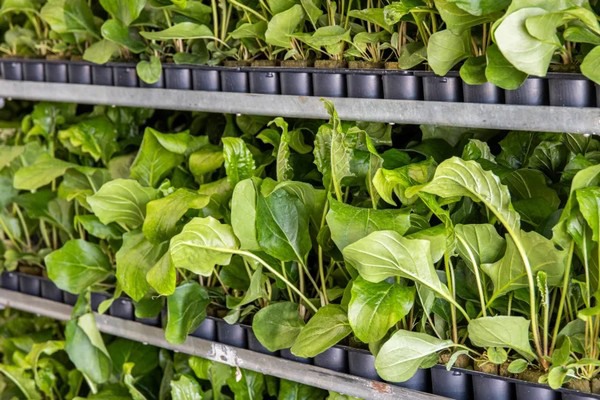
Clearing and cleaning
After the old gerbera plants are taken out, the new gerbera plants cannot be planted immediately. "Between the time the old plants go out and the new plants are planted, there are usually 14 to 20 days," Rik says. "During this period we clean up: we sweep up the last plant residues and blow the space clean. Then we clean the space with water and chlorine to get rid of any diseases. With a special space treatment, we also counteract harmful insects and possible mold. After all, it is important to protect the young plants as much as possible."
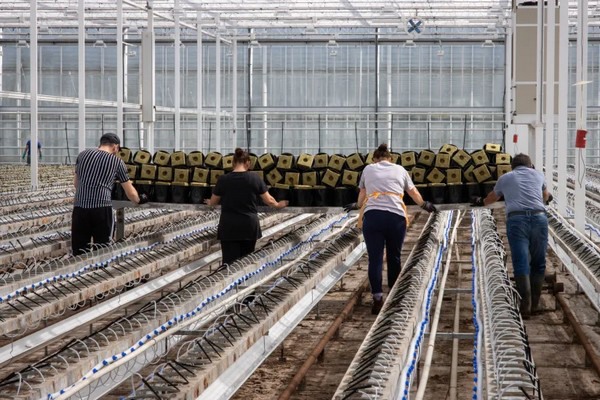
New home
Once the cleanup is over, preparation for the start of the new crop begins. Employees lay drip hoses and prepare pieces of rockwool. Only when everything is in place are the 6-week-old gerbera plants planted. For the next 3 years, the part of the greenhouse where they stand will be their new home. Through drippers, the young plants get the nutrients they need, mixed with water. "We make the greenhouse extra warm so we can control the growth of the plants well in the first weeks," says Rik. "About 12 weeks after the old plants are taken away, we hope to harvest the first flowers from the new plants."
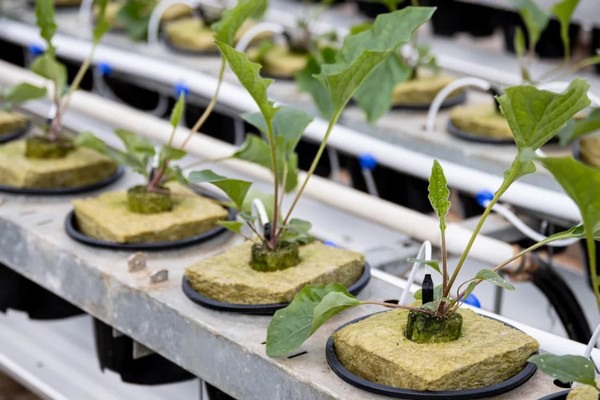
First harvest
To introduce florists to the new gerbera varieties as quickly as possible, the grower makes sure the plant can put all its energy into the flowers. "You can fortunately control a gerbera plant quite well," Rik explains. "By removing the first buds that emerge on the plant, you make sure that the plant first puts all its energy into growing the plant itself. Once the plant has more leaves and 'body,' we leave the buds in place. Then it takes about 2 to 2.5 weeks before we harvest the first flowers."
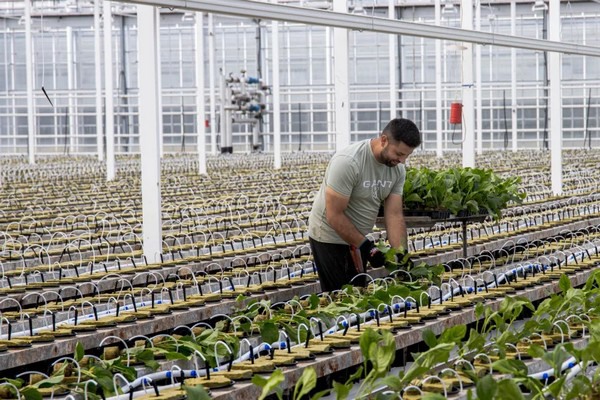
Needs of the florist
At Kwekerij De Zuidplas B.V., the crop change is just behind us. "Right now we are taking pictures of all the new gerbera varieties so florists can see if a new variety fits into their assortment. Of course, florists are also always welcome to visit the greenhouse itself to see where their needs lie. It is also important for us to know what florists are looking for and what role the gerbera plays in their bouquets. We pass that information back to the breeder so that the new varieties match the wishes of the florist's customers."
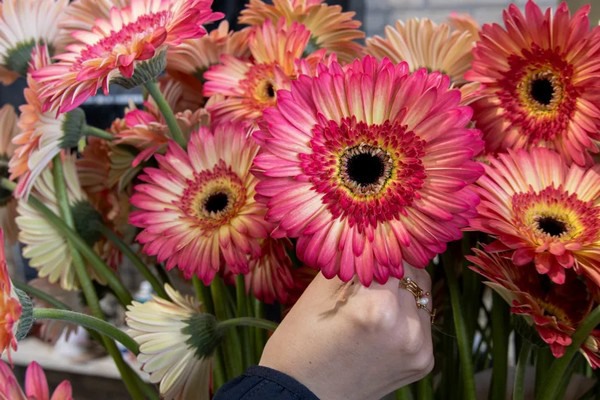
Unveiling new species
Now that it is clear how the cultivation change and cultivation of the new varieties will work, only one question remains: when can florists view the new varieties of gerberas? In September (starting week 36), most of the gerberas from growers' association Summit Gerbera will be in Van der Plas' webshop. It is possible that some new curly gerberas will be in the webshop a little later, because they were planted later.
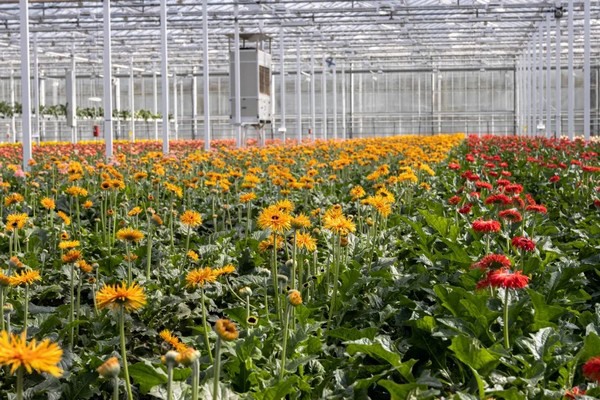
For more information:
Van der Plas
Tel.: +31 (0)71 4098999
[email protected]
www.vdplas.com
